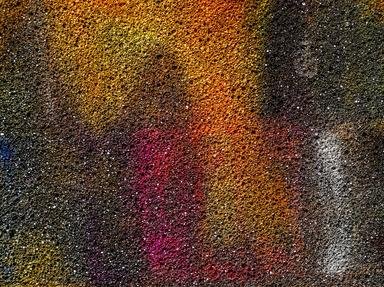Quiz Answer Key and Fun Facts
1. Murder, the crime, has different degrees in legal terms. If you accidentally run over a worm and cause its death, you have committed what?
2. In most countries, what is usually considered the worst degree of murder?
3. What is considered the worst degree of survivable burns?
4. At what exact number do the Celsius and Fahrenheit scales meet (are the same)?
5. To what number do the angles of a triangle add up?
6. Fahrenheit 451 is the temperature at which paper burns, as pointed out in Ray Bradbury's novel of the same name. How many degrees Celsius is this?
7. The furthest possible degree or amount of anything is often referred to as what?
8. What is the expression used to indicate being under harsh inquisition?
9. If you successfully complete four years of university in the U.S., you will generally be given a degree. This could be a B.A. or a B.S., among others. What does B.A. mean?
10. Absolute zero is the temperature at which molecular life ceases. It may or may not be possible to achieve this number. What is it in Celsius degrees?
11. In comparing the sweetness of fruit, for example, what scale is used?
12. What is the scale used for measuring the content of alcohol in a liquid?
13. On what scale is the density of petroleum measured?
14. Lovibond measures the degree of what?
15. A compass usually uses 360 degrees to account for the full circle. How many degrees is a minute-arc?
Source: Author
alexis722
This quiz was reviewed by FunTrivia editor
Pagiedamon before going online.
Any errors found in FunTrivia content are routinely corrected through our feedback system.
